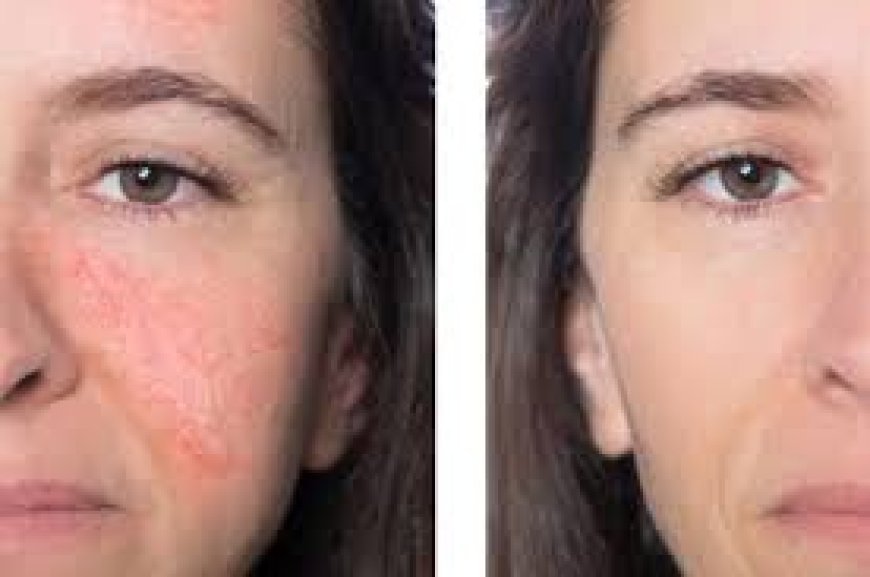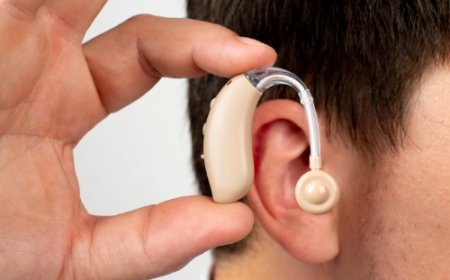Why Treating Broken Capillaries Improves Skin Health

Our skin tells a story — of sun exposure, stress, aging, and sometimes, underlying health issues. One common but often overlooked skin concern is broken capillaries. These tiny, visible blood vessels typically appear on the face, especially around the nose and cheeks, creating red, web-like patterns that can be persistent and frustrating.
While many view broken capillaries as merely a cosmetic issue, the reality is that treating them can significantly improve overall skin health. In this blog, we’ll explore what broken capillaries are, what causes them, and most importantly, why addressing them is more than skin-deep.
What Are Broken Capillaries?
Broken capillaries, also called spider veins or telangiectasia, are small blood vessels that have become dilated or burst, making them visible through the surface of the skin. They are not literally “broken,” but rather enlarged or damaged, often due to excessive pressure, trauma, or thinning of the skin.
They’re most commonly found on the face (especially around the nose, cheeks, and chin), but can also appear on the legs and other areas.
Causes of Broken Capillaries
Understanding the root cause is key to both broken capillaries treatment and prevention. Common triggers include:
-
Sun damage: UV exposure weakens blood vessel walls over time.
-
Genetics: Some people are more prone due to inherited traits.
-
Aging: Skin loses elasticity and becomes thinner, making vessels more visible.
-
Extreme temperatures: Hot showers, saunas, or cold winds can contribute.
-
Alcohol consumption: Can dilate blood vessels, leading to visible damage.
-
Rosacea: A chronic skin condition often associated with broken capillaries.
-
Trauma: Excessive scrubbing, popping pimples, or facial injuries can cause capillaries to burst.
Why It’s Important to Treat Broken Capillaries
1. Improves Skin Tone and Texture
Broken capillaries can give the skin a red, uneven appearance, which may be mistaken for irritation or inflammation. By treating these visible vessels, the skin returns to a more uniform, clear tone, enhancing its natural glow and texture.
Clear skin not only looks healthier but also responds better to skincare products, allowing active ingredients to penetrate more effectively without interference from chronic redness or inflammation.
2. Reduces Inflammation and Skin Stress
Broken capillaries are often accompanied by low-level inflammation. Left untreated, this can lead to increased skin sensitivity, dryness, or even flare-ups of conditions like rosacea. By addressing the capillaries early, you're interrupting a cycle of inflammation, giving your skin a chance to heal and regenerate more efficiently.
3. Prevents Progression of Underlying Issues
Sometimes, broken capillaries are just the visible symptom of deeper vascular or skin conditions. If ignored, they may worsen over time or lead to more widespread skin issues. Treating them early can prevent progression and serve as a diagnostic prompt to address underlying health or dermatological concerns.
4. Boosts Confidence and Mental Well-Being
Although technically a physical issue, broken capillaries can have a significant impact on self-esteem. Many people feel self-conscious about redness on the face, avoiding makeup-free days or certain lighting.
Effective broken capillaries treatment not only restores the appearance of healthy skin but can also improve mental well-being, giving people the confidence to show off their natural complexion.
5. Supports a More Effective Skincare Routine
Persistent redness from broken capillaries can interfere with your ability to treat other skin concerns like acne, hyperpigmentation, or dryness. Once capillaries are treated, your skin becomes more stable and less reactive, allowing you to use active ingredients like retinol or vitamin C with greater success.
How to Treat Broken Capillaries
There are several professional and at-home options to treat broken capillaries:
-
Laser Therapy: Vascular lasers like IPL (Intense Pulsed Light) or pulsed dye lasers target and collapse damaged capillaries without harming surrounding skin.
-
Electrocoagulation: Uses electric currents to close off and remove the damaged vessels.
-
Topical Treatments: Serums containing ingredients like niacinamide, vitamin K, or azelaic acid may help strengthen the skin barrier and reduce redness over time.
-
Lifestyle Adjustments: Avoiding triggers like sun, alcohol, and extreme temperatures can prevent new capillaries from forming.
Prevention Is Part of the Treatment
After treatment, it's essential to maintain results by protecting your skin:
-
Always wear sunscreen, even on cloudy days.
-
Avoid aggressive exfoliation and use gentle cleansers.
-
Strengthen your skin barrier with hydrating, soothing ingredients.
-
Stay hydrated and limit lifestyle triggers like smoking or alcohol.
Conclusion
Broken capillaries are more than just a cosmetic inconvenience — they can be a sign of underlying skin stress, inflammation, or vascular weakness. Treating them not only restores your skin’s appearance but also enhances long-term skin health by improving tone, reducing inflammation, and allowing for more effective skincare.
If you’re experiencing persistent redness or visible vessels, consider consulting a dermatologist or skin specialist to explore your treatment options. Healthy skin starts with understanding — and addressing — the root causes of visible changes.
What's Your Reaction?




























































